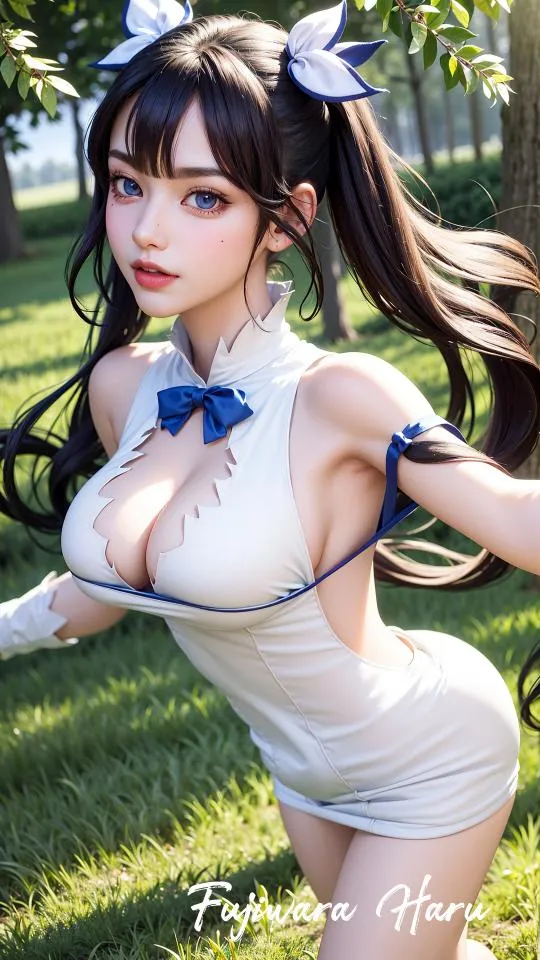
This story is part of Straight Fire, an open-ended love letter to all things dragon. Get more fire here.
Fire crackles like lightning from what’s left of Bayle the Dread’s wings — there’s just gruesome bone where a wing might otherwise be — flowing like blood behind his armored, scaly body. Not only does Bayle the Dread spit fire from his owl-like beak, the monster is fire incarnate, able to pull from the elements to sprout spectral wings that glow and hiss like flames. Bayle the Dread is the enemy of enemies in Elden Ring’s Shadow of the Erdtree expansion. He’s a monstrous dragon that betrayed the ruler of his kind, Dragonlord Placidusax, in a fight so dreadful that two of Placidusax’s five heads still dangle from Bayle the Dread’s neck. The terror of Elden Ring’s dragons is unmatched.
Developer FromSoftware and director Hidetaka Miyazaki (with world-building assistance from A Song of Ice and Fire author George R.R. Martin) created terrible beasts to match the Lands Between’s widespread brutality, so it’s no wonder that the world’s dragons are some of the game’s most ferocious enemies — and perhaps some of the most terrifying and richly created dragons in video game history.

There is, of course, no shortage of dragons in other video games, be it in medieval fantasy settings or not. The Elder Scrolls 5: Skyrim’s Alduin may be among the best known — a powerful dragon that can destroy and rebuild the world — but dragons appear even in the likes of Super Paper Mario, where paper-based Bonechill, Fracktail, and Wracktail appear as enemies and Call of Duty’s Zombies mode, which sometimes tasks players with feeding zombies to dragons.
Most often, particularly in high fantasy video game worlds, dragons are an enemy — an allegory for cruelty, monstrosity, or greed. The trope is based largely in Western ancient myths, where dragons have been portrayed as hoarding and guarding treasures; in the Bible, dragons are associated with the devil. (It’s not all mythology that depicts dragons as evil, though: Chinese dragons are a symbol of luck and wisdom.)
The video game industry has largely held on to this stereotype, where dragons are nefarious figures guided by evil. Martin wrote about this on his blog in July: “Traditional western dragons bring mostly fire and death… but modern fantasies have played with that a lot too.” It’s more common to find that dragons are intelligent, worthy, and trainable companions in the likes of Game of Thrones, How to Train Your Dragon, and Naomi Novik’s Temeraire series. Some of the best-known modern dragons within the past few decades are “dangerous, but not evil,” writer and Eastern Kentucky University history professor Cynthia Williams Resor said on her blog.
Of his own dragons in Game of Thrones, Martin said he designed them carefully to be grounded in the world of Westeros like any other creature. “Like wolves and bears and lions, dragons can be trained, but never entirely tamed,” he wrote. “They will always be dangerous. Some are wilder and more wilful than others. They are individuals, they have personalities… and they often reflect the personalities of their riders, thanks to bond they share are [sic]. They do not care a whit about gold or gems, no more than a tiger would.” Given Martin’s involvement in Elden Ring’s world-building, it’s not surprising that FromSoftware would pull that sort of inspiration from the Song of Ice and Fire creator.

There are a few outliers that are changing the narrative of dragons in games, like the Pokémon franchise (Dragonite, Dratini, and Rayquaza are several dragon-type Pokémon players can catch) and The Sims (Burnie, Pyrite, and Torch are pets added with The Sims’ Makin’ Magic expansion). Then there’s Fields of Mistria, in which players can seemingly romance a dragon statue. But more often than not, dragons are the enemy — the big bad enemy that a hero must defeat or retreat from. Take, for instance, the Ruined Dragon from Super Mario Odyssey or the Ender Dragon in Minecraft. Those dragons have little impact on the games or their stories, and are arguably interchangeable with any other sort of monster; these dragons are a stand-in for destruction and simply epic bosses to defeat.
For a dragon to stand out among a crowded field of winged monsters, it needs to go beyond the tropes. Elden Ring is one of best in this regard, as its dragon’s history — even when not explicit — has a tangible impact on the Lands Between. Its depth adds nuance to what could easily become a flat trope.
Elden Ring’s complex dragon lore sets the game’s tone with its vicious history. To summarize: Long ago, Ancient Dragons ruled the world and wielded red lightning. Placidusax was the leader of them all. The battle between Placidusax and Bayle the Dread instigated what would become a hierarchical war between dragons, separating them into Ancient Dragons and drakes, the latter of which are considered lesser dragons — they’re the followers and offspring of Bayle the Dread. Placidusax sent his followers to kill the drakes after Bayle’s defection, led by an Ancient Dragon turned human priestess named Florissax, whose charge was to incite humans to slay Bayle’s followers and spawn — then eat their hearts to gain their powers in a practice called Dragon Communion.
Humans who eat dragon hearts become increasingly draconic, eventually turning into a beast called a Magma Wyrm, more alligator than anything else — cursed as cheap imitations of the Lands Between’s great dragons. It’s another way that Elden Ring’s creators pull that dragon war narrative into gameplay decisions — eating dragon hearts awards powerful abilities, like one that spawns an ethereal dragon head that fights for the player. But in Elden Ring, no dragon fights are mandatory, so if we’re talking about lore, killing them becomes a moral choice. Will you kill this complex beast for personal gain? Death and brutality is everywhere in Elden Ring, but it’s still a quandary — and a unique treatment of dragons that stands out. Dragons are not inherently bad in the Lands Between, but they are on defense.

And if you do take on one of these dragons, expect a battle that honors the legacy and history of these strange, devastating creatures. Dragon battles are among the most epic in Elden Ring and its expansion, creating a spectacle and scale fit for ancient beasts. Placidusax’s fight is a stunning visual and audio masterpiece; he’s got an attack so powerful that Elden Ring’s music stops. Are you missing out on something if you decide not to engage Elden Ring’s dragons? Perhaps. But that’s the beauty of choice, and considering the narrative impacts of it.
Greyoll, described as the mother of all dragons, is the biggest living dragon in Elden Ring. She is believed to be the mother of Bayle the Dread’s offspring, and when you find her in the game, she’s lying motionless on the ground, too old and decrepit to fight back. She’s surrounded by lesser dragons, seemingly her children, and will only roar — not fight. Instead, the fight is with her children, and the death of each weakens Greyoll even further. Like most of Elden Ring’s dragons, it’s optional to fight and kill Greyoll, but it’s well known to Elden Ring players that killing her is an easy way to level up. The prize of defeating the defenseless dragon is drastically oversized by the challenge, making the fight a devastating moral decision for the player — one that nails the morality of hunting dragons as a whole. Elden Ring and its world are unforgiving in nature, and developer FromSoftware is not pushing the player in one direction or another; it leaves these questions up to you, if you even want to question them at all.
Throughout it all, Elden Ring’s dragon lore is not explicit, instead found as additive text descriptions for items, spells, and armor. It’s a special kind of experience that’s inherent to video games — specifically ones like Elden Ring, which put such emphasis on player decision-making. There are parts of the world to be discovered only if you seek them out; the best of its dragon stories can only be experienced, not explained.
Source:https://www.polygon.com/analysis/471742/elden-ring-video-game-dragons


